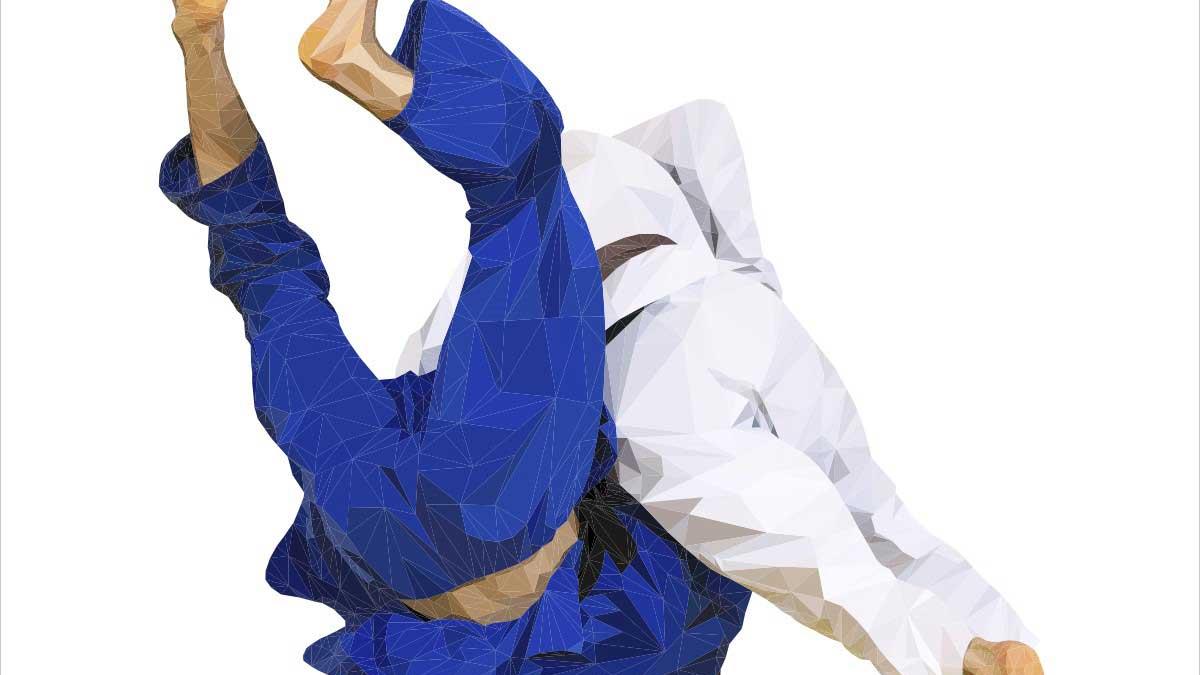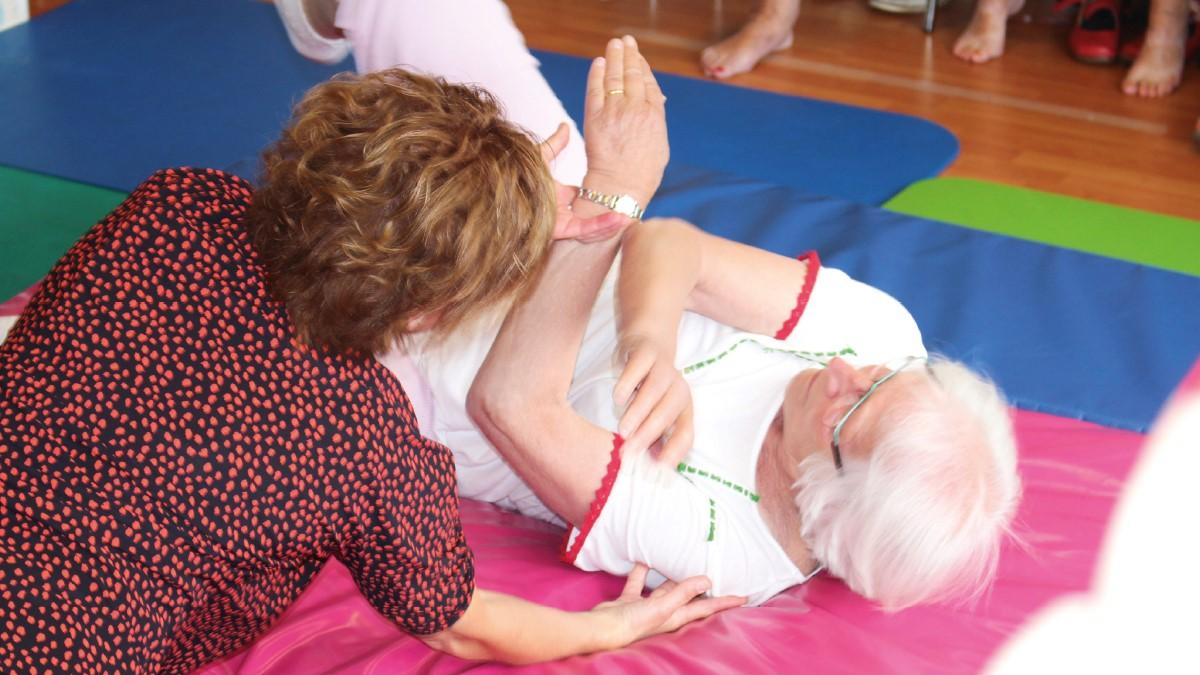A Dutch initiative is claiming so. Jane Feinnman reports.

It’s one of the outstanding dilemmas facing UK physiotherapists on a daily basis: how to reduce the catastrophic consequences of falls in older people.
Trips and slips are well known as a major risk of ageing: one in three over 65s living at home fall at least once a year. The consequences can be life changing. Up to six out of ten suffer a major laceration, traumatic brain injury or a fracture as a result1. And falls are responsible for 95 per cent of 75,000 hip fractures2.
Trips and slips are well known as a major risk of ageing: one in three over 65s living at home fall at least once a year. The consequences can be life changing. Up to six out of ten suffer a major laceration, traumatic brain injury or a fracture as a result1. And falls are responsible for 95 per cent of 75,000 hip fractures2.
Yet therapy itself is fraught with risks. There is evidence that strength and balance exercise can reduce the risk of falling, but the benefits may not be sustained: even brisk walking has its hazards for this group. What’s more, learning that you are potentially ‘a frequent faller’ can inhibit activity.
The Dutch, however, can claim to have quietly solved the problem: introducing an evidence-based programme entitled Vallen Verleden Tijd (translated as ‘Falls Are A Thing Of The Past’) more than ten years ago, now widely provided by Dutch physiotherapists to older people who have had two or more falls.
Learn to fall safely
The simple idea is that the best way to prevent the harm caused by falls is learn to fall safely as happens in judo. ‘We’ve taken the view that you’re never going to prevent people from falling – it’s part of life especially in an older age group,’ explains Frans Lanting, physiotherapy coordinator at the Dutch Institute of Allied Healthcare.
‘But we’ve shown that the more often you practice falling, the more likely you will fall safely. ’
The course was developed by Dr Vivian Weerdesteyn, Associate Professor of Human Movement Science at Radboud University and Sint Maartenskliniek in Nijmegen, and a judo black belt who represented the Netherlands in the junior international team in the 1990s. The sport immediately came to mind when she was asked to help work up a physiotherapy programme to reduce the human and financial cost of falls in Holland’s growing elderly population.
‘About 50 per cent of judo isn’t combat but learning to fall in a controlled way to avoid serious injury. It’s what makes judo a safe sport. I saw the potential for helping older people,’ she explains.
She says the assumption is that judo style falls are too dangerous for the frail elderly - but she’s shown that’s not true.
Her first research, published in the journal Gerontology3 in 2006, showed that participants had 46 per cent fewer falls in the year after completing a five-week ten-hour course, as well as reducing fear of falling by 60 per cent.
The next step was to test for safety for people with osteoporosis. ‘We didn’t want to exclude those most at risk of serious injury from falls,’ she explains.
Encouraging research results
A study published in BioMed Central in 20104 measured the impact of falling onto a thick judo mat in healthy volunteers, with the results used to calculate safe activity for those with a low ‘fracture threshold’ because of osteoporotic bones. The tests showed that falling from both a kneeling and standing position onto a thick mat is safe even for people with severe osteoporosis, provided protective hip pads are used, while avoiding forward falls. And so it’s proved.
Further research was published in Osteoporosis International in 20095 and in the Journal of Biomechnics in 20126 , the latter showing the safety and efficacy of martial arts techniques in preventing hip fractures as a result of falling sideways.

So what’s involved? As in judo, participants fall repeatedly in a safe way: relaxing the body, thinking about spreading the impact over the widest possible body area, curving the back into a c-shape with arms crossed on the chest and the chin pulled downwards.
‘People think there’s no time to alter the course of a fall. But they’re wrong – even someone crashing
to the ground takes up to 900 milliseconds to reach the ground.
‘The body is alert to a loss of balance within 100 milliseconds so you have about 800 milliseconds to do something about it – that’s three times the difference between the first and last person reaching the finishing line in an Olympics 100 metre final,’
explains Dr Weerdesteyn. ‘And if you stumble before you fall, you have even longer.’
Ideally safe falling becomes a reflex action. But any change, even simple awareness of the potential for change, will keep people safer, she says.
A useful course for at-risk groups
An unpublished questionnaire of 26 people who have completed the course, carried out by the Dutch Institute of Allied Healthcare, found that one in three say they have used the ‘learned fall’ technique, with 88 per cent claiming to have used at least one of the following elements: chin on chest to protect the head, avoiding landing on outstretched arms or rolling onto the back.
Half of the two-hour session involves evidence-based exercises on a functionally-oriented obstacle course7: a slippery oilcloth with lumps of wood hidden underneath, a high shelf with a cup and saucer to retrieve, narrow beams, tall skittles arranged in slaloms, and a slab of hazard-filled pavement. Once participants circumvent the course successfully,
they repeat it with distractions: the lights are
dimmed, the participant is instructed to carry a tray with cups and saucers on it or listen to a taped story while counting the number of times a specific word
is used.
Training being planned
It’s a useful course for two groups most at risk of falling, says Dr Weerdesteyn. The first – widely identified - group walk slowly and cautiously, limbs rigid to maintain control. The second less recognised group are racers. ‘Rushing is high-risk behaviour especially in older people with poorer balance. Yet it’s barely recognised by health professionals.’ It’s only recently that the course has come to international attention – largely as the result of an article and photographs that appeared in the New York Times in January 2018.
Now the team is offering an English-language course designed exclusively for physiotherapists, with the first two-day course held in the Netherlands in January. Further courses are planned, dates to be decided. More details available from the Falls Prevention Program. fl
1 Masud T, Morris RO. Epidemiology of falls. Age Ageing2001;30(Suppl 4):3-7. doi:10.1093/ageing/30.suppl referenced in 2016 BMJ study www.bmj.com/content/353/bmj.i1419
2 www.ncbi.nlm.nih.gov/pubmed/16645293
3 www.ncbi.nlm.nih.gov/pmc/articles/PMC2873348/
4DOI: 10.1007/s00198-009-0934-x ·
5 www.ncbi.nlm.nih.gov/pubmed/22537568
6 www.ncbi.nlm.nih.gov/pubmed/18524403
7 www.cdc.gov/homeandrecreationalsafety/falls/adulthipfx.htm
Number of subscribers: 2




































